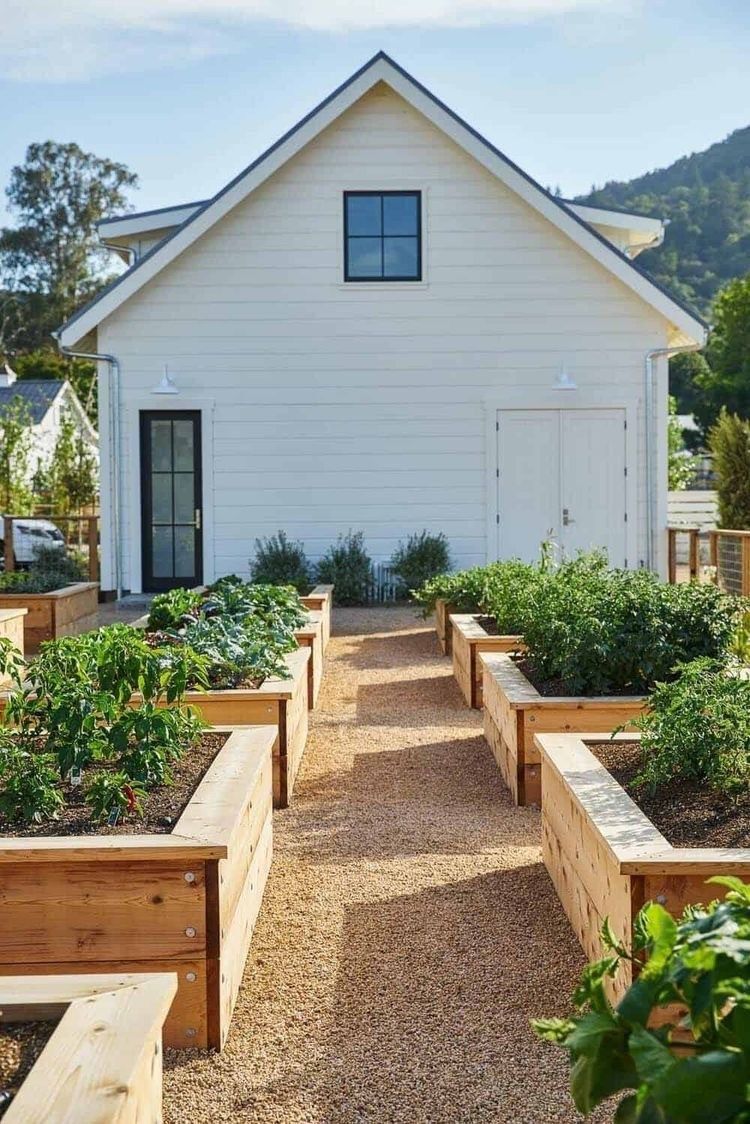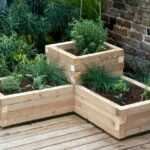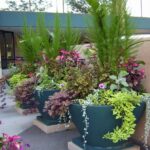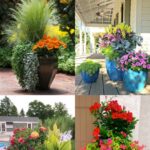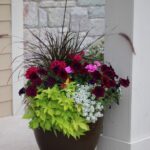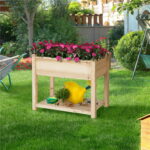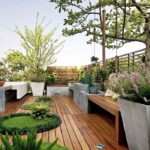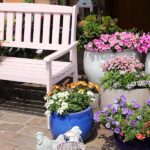Garden planters are an essential element in creating a beautiful and functional outdoor space. Whether you have a small balcony or a sprawling backyard, incorporating planters into your design can add depth, color, and character to your garden. When it comes to choosing the right planter design, there are several factors to consider.
One important consideration in garden planter design is the material. Planters come in a variety of materials, including wood, metal, ceramic, and plastic. Each material offers its own unique look and feel, so it’s important to choose one that complements your overall garden aesthetic. Wood planters, for example, provide a rustic and natural look, while metal planters can add a modern and sleek touch.
Another factor to consider when designing garden planters is size and shape. The size of your planter will depend on the space you have available and the types of plants you want to grow. Larger planters are perfect for big, bold statement plants like palm trees or small trees, while smaller planters are great for herbs, flowers, or succulents. Additionally, the shape of your planter can impact the overall look of your garden. Square or rectangular planters offer a clean and modern aesthetic, while round planters provide a softer and more organic feel.
Incorporating various heights and levels into your garden planter design can also add visual interest and dimension to your outdoor space. Staggering planters of different heights or arranging planters on different levels, such as using tiered plant stands or hanging planters, can create a dynamic and eye-catching display. Additionally, mixing and matching different types of planters in varying heights and shapes can add texture and depth to your garden design.
When designing garden planters, it’s important to consider the drainage needs of your plants. Proper drainage is essential for healthy plant growth, so be sure to choose planters with adequate drainage holes or use a layer of gravel at the bottom of the planter to allow excess water to flow through. Additionally, consider using saucers or trays underneath your planters to catch excess water and protect your outdoor surfaces.
Lastly, don’t be afraid to get creative with your garden planter design. Experiment with mixing different materials, shapes, and colors to create a personalized and unique look that reflects your style and personality. Whether you prefer a minimalist, modern look or a more eclectic and bohemian vibe, there are endless possibilities when it comes to designing garden planters. With careful consideration of materials, size, shape, height, drainage, and creativity, you can create a stunning and functional outdoor space that you’ll enjoy for years to come.
